“London’s Victoria and Albert Museum (V&A) is currently hosting a captivating exhibition titled “Tropical Modernism: Architecture and Independence.” Running from March 2nd to September 22nd, 2024, this exhibition delves deep into the architectural movement known as Tropical Modernism, tracing its evolution from a colonial import to a symbol of postcolonial nation-building.

Tropical Modernism emerged in the late 1940s as a response to the humid climates of regions like West Africa and India. British architects Jane Drew and Maxwell Fry played pivotal roles in adapting modernist principles to suit these environments. Initially, this style was bound to a colonial history, serving the interests of British administration. However, after gaining independence, countries such as Ghana and India embraced Tropical Modernism as a means of constructing their national identities.
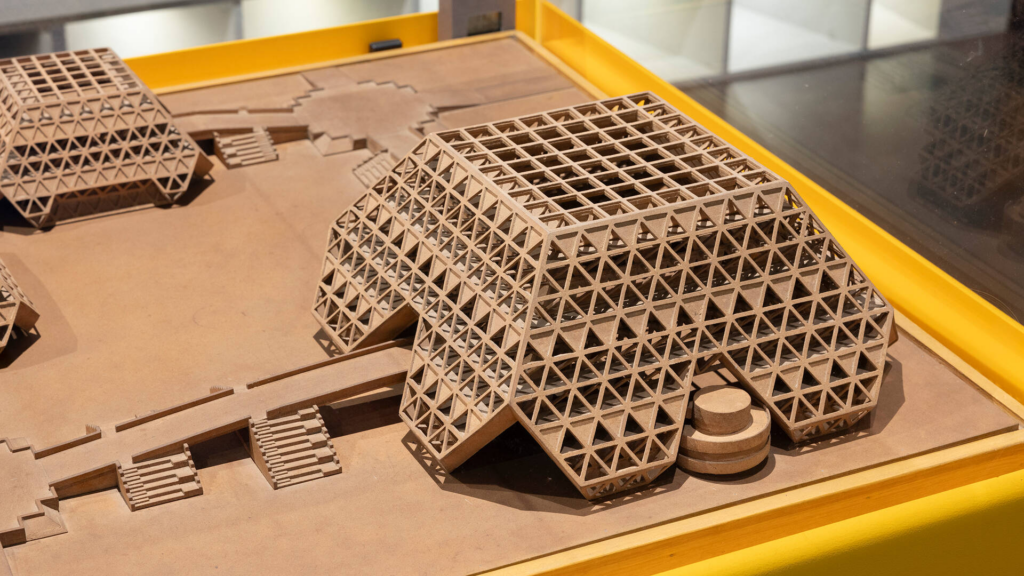
The exhibition at the V&A sheds light on the complex context and power dynamics surrounding Tropical Modernism. It celebrates hidden figures and local practitioners who have long been overlooked for their contributions to the movement. Through an array of artifacts including photographs, models, drawings, and archival materials, visitors are taken on a journey through the colonial roots of Tropical Modernism in British West Africa to its postcolonial manifestations in independent nations.
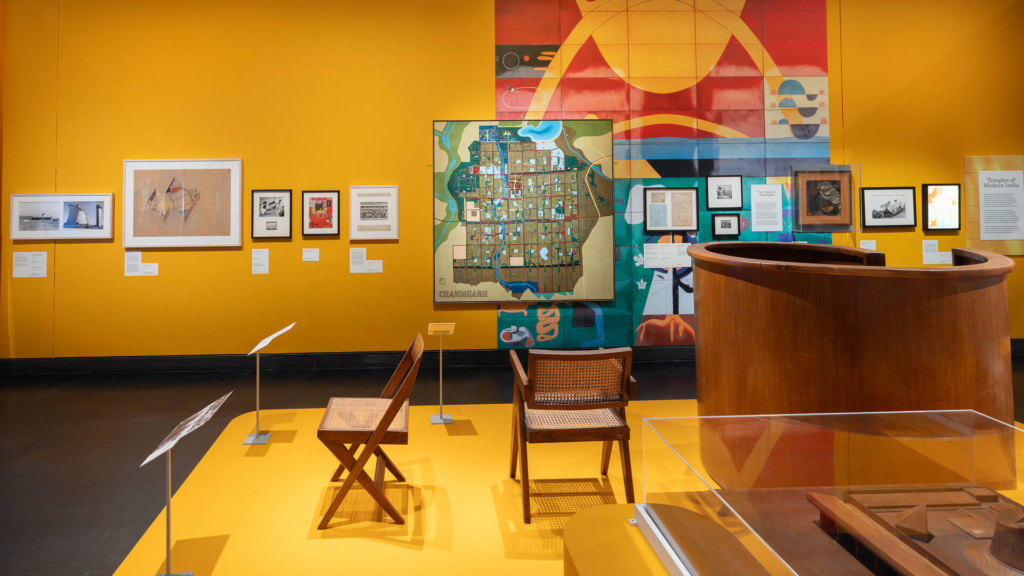
One of the exhibition’s key focuses is on the architectural duo Jane Drew and Maxwell Fry, who spearheaded the development of Tropical Modernism in regions like Ghana. Their innovative designs prioritized functionality and responded intelligently to climatic challenges. However, the exhibition also highlights the role of local architects and artists who worked alongside Drew and Fry, contributing to the adaptation and evolution of Tropical Modernism within their own cultural contexts.
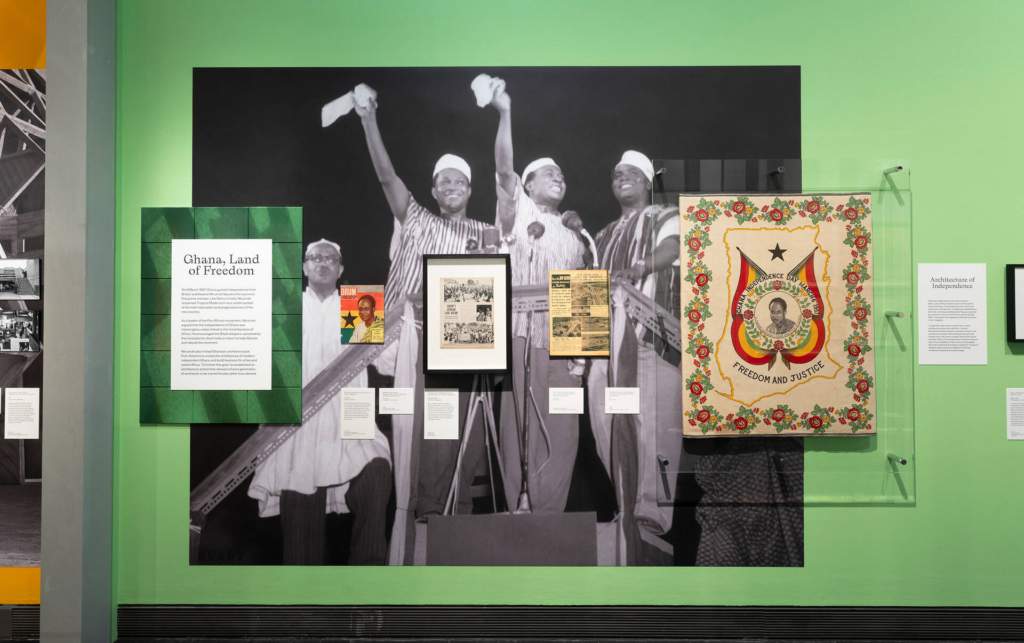
The exhibition doesn’t shy away from addressing the complexities inherent in Tropical Modernism’s legacy. It examines how the style, once a tool of colonialism, was later reclaimed by postcolonial leaders like Kwame Nkrumah in Ghana and Jawaharlal Nehru in India for nation-building purposes. Despite its colonial origins, Tropical Modernism came to symbolize independence and progress for newly liberated nations.

Moreover, the exhibition raises thought-provoking questions about the relevance of Tropical Modernism in the face of contemporary challenges, particularly climate change. As the world grapples with environmental concerns, Tropical Modernism’s emphasis on climate-responsive design and passive cooling strategies becomes increasingly relevant.
In essence, “Tropical Modernism: Architecture and Independence” is more than just a reflection on architectural history—it’s a nuanced exploration of colonial legacies, postcolonial aspirations, and the potential for architectural styles to shape the future. Through this exhibition, the V&A invites visitors to engage with a multifaceted narrative that transcends geographical boundaries and speaks to broader themes of identity, progress, and sustainability.
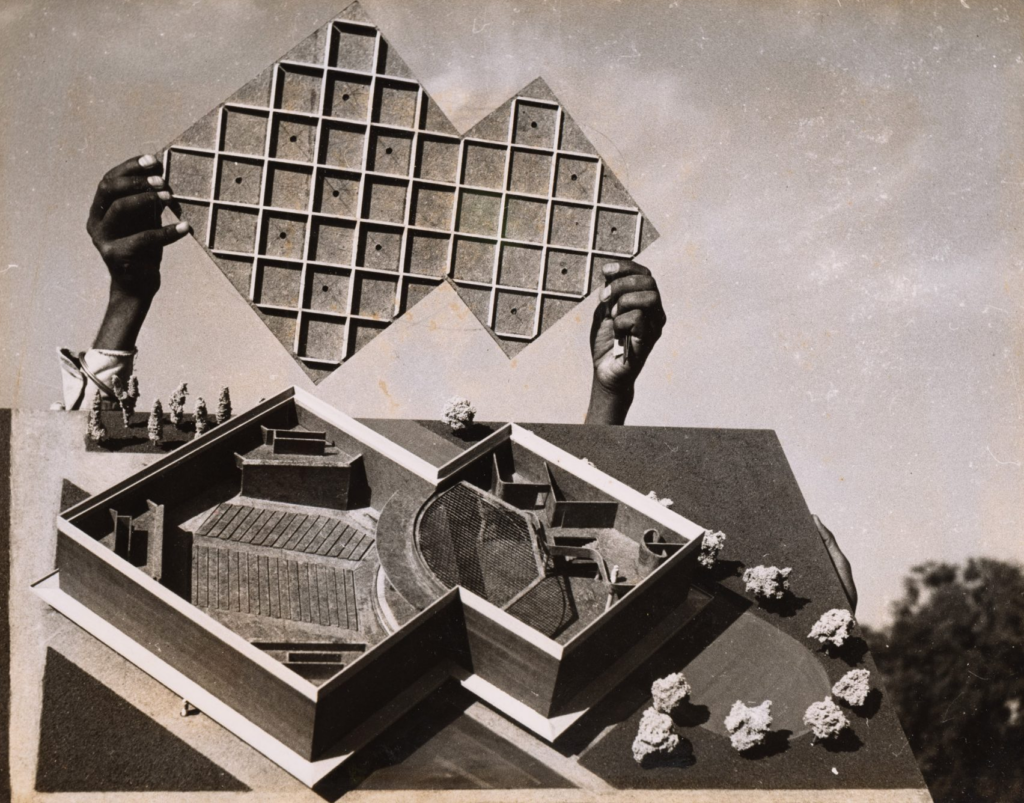
The exhibition’s curator, Christopher Turner, emphasizes the importance of understanding Tropical Modernism within the context of colonialism and decolonization. By delving into the political and social dimensions of the architectural movement, the exhibition seeks to complicate its history and center South Asian and West African perspectives.
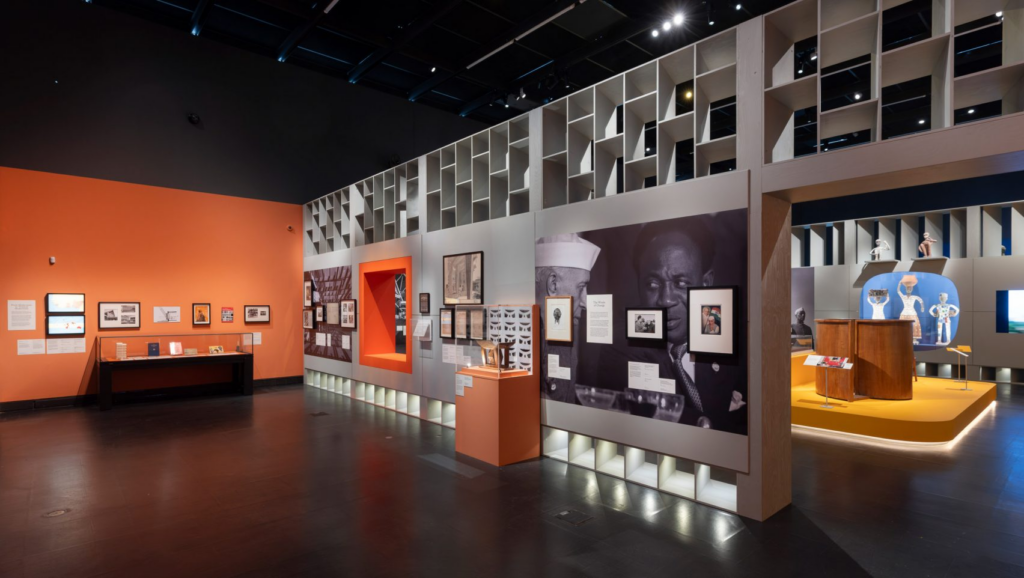
The exhibition includes various sections that highlight different aspects of Tropical Modernism’s journey. ‘A Revolution in Architecture’ introduces Jane Drew and Maxwell Fry’s pioneering work in adapting modernist principles to tropical climates, while ‘Hidden Figures’ focuses on the contributions of African architects who collaborated with Fry and Drew. ‘The Winds of Change’ explores how Tropical Modernism evolved against the backdrop of political unrest and decolonization.

Another section, ‘Temples of Modern India,’ examines the collaboration between Drew, Fry, and Jawaharlal Nehru in building Chandigarh, India’s first large-scale modernist project. Nehru’s vision of modernism, which influenced Indian architecture for decades, is spotlighted, showcasing the tension between international modernism and traditional Indian architecture.
In ‘Ghana, Land of Freedom,’ the exhibition explores how Kwame Nkrumah reappropriated Tropical Modernism as a symbol of Ghana’s independence and progress. Nkrumah’s vision for a united Africa is reflected in the architecture of modern Ghana, with landmarks like Black Star Square symbolizing the country’s newfound freedom.

The legacy of Tropical Modernism is celebrated in the final section of the exhibition, which includes an immersive film showcasing key remaining buildings in Ghana. Interviews with architects and political figures provide insight into the political and social significance of these structures, highlighting Tropical Modernism’s enduring impact on postcolonial societies.
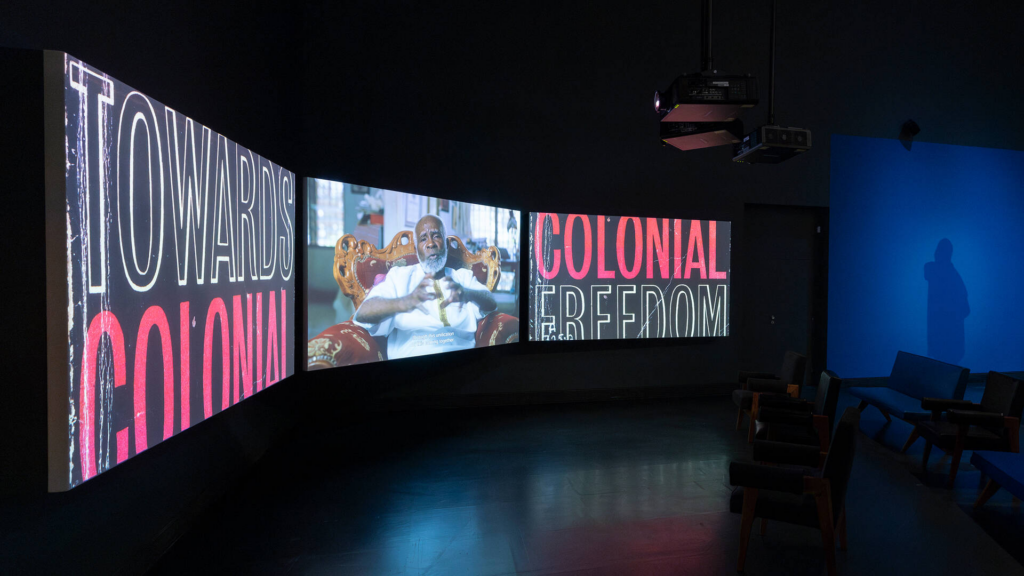
Overall, “Tropical Modernism: Architecture and Independence” offers a comprehensive exploration of an architectural movement that transcends its colonial origins to become a symbol of postcolonial identity and progress. By engaging with diverse perspectives and narratives, the exhibition invites visitors to reconsider the legacy of Tropical Modernism in the context of contemporary challenges and aspirations.”


